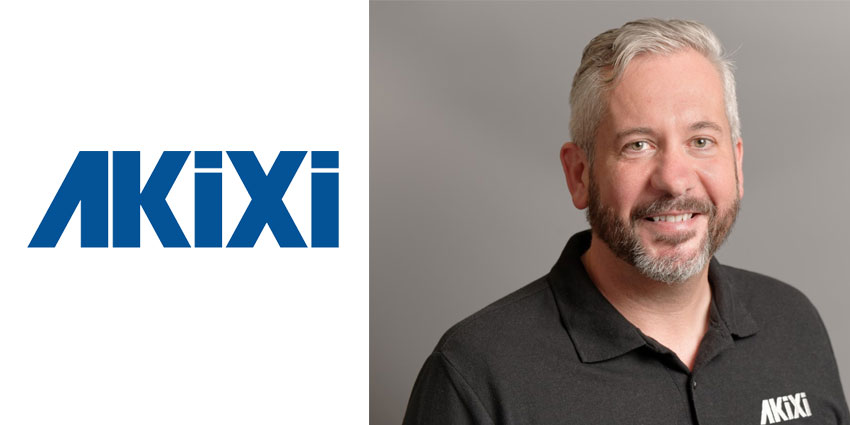As the world battles the COVID-19 pandemic, with other nations – including the UK – planning their roadmap out of crisis, businesses continue to wrangle with offering up the best CX possible while adapting to the new normal. While some organisations have been left behind, unable to keep up with the pandemic essentially catapulting them some five years into the future world of contact centre technology, others have simply excelled. This is down to a few factors, but namely having the right technology to navigate the organisation and its employees through the storm. One driving force behind this is the power of omni-channel.
In an exclusive interview, CX Today welcomes Simon Hughes, Business Development Manager at Akixi, leading call management software provider, to discuss what 2021 has in store for omni-channel and what trends in voice and digital unification will be most prominent throughout the year.
According to Hughes, customer loyalty is what’s essentially driving the omni-channel success rate.
He explains: “All industry forecasts now point to an increase in customer loyalty when there is an omnichannel engagement offering. Omnichannel has become fundamental to a successful proposition and is now requisite in any RFQ, as a new generation of consumers form your core mid to long-term customer.
“These customers aren’t going to choose to use the phone and wait in line to be spoken to. Their first choice every time is their favoured media access method on that same smartphone they’re using to research your product.
“Social or business, these customers are going to go with their preferred method over tradition, and brands need to embrace this choice. Solution providers should, by default, cater for this paradigm shift in customer preferences in contact methods. Whether the contact centre plans to implement immediately or futureproof its investment for later, as the business plan dictates, be assured – it’s coming!”
Voice v Digital?
But what about when it comes down to the battle between voice and digital. Hughes says it isn’t a case of voice versus digital and that the model contact centres should be using is digital supporting voice. This is because the telephone remains the easier method of contact and this all comes down to our social make-up.
Hughes says: “We are a social animal, and even if it isn’t a first choice, voice is an important and accepted part of the customer experience, and is still preferred for a large sector of the demographic. But choice is key here – not everyone wants to detail everything on a call, particularly if it is a sensitive matter. Some people dread the thought of calling in, it is often quite confrontational, and nobody wants to queue listening to ‘how important their call is’.
“Whilst it is only natural that we should upskill and be as proficient with all communication channels, our industry has decades of experience in optimising voice and it’s still an attractive and necessary offering. This is particularly the case if it’s a flexible cloud offering, adapting easily to the displaced contact centre workforce model thrust upon us in early 2020.
“After all, it’s far easier to explain something orally, than fill in a form. Offering call-back options during peak times, IVR and flexibility of staff resources and agent multi-skilling are all success drivers for great CX. Voice still has validity – get the voice offering right and use that to ensure that the other channels fall into line.”
When it comes down to what’s driving the unification of voice and digital channels in 2021, Hughes believes it’s three things – simplicity, transparency and inclusion.
He adds: “A single solution combining feeds from all channels and, crucially, performance across those channels. Media blending should be recommended at the consultancy stage – your offering stands out with voice and digital interactions funnelled and fairly distributed via a media-agnostic approach. All voice and digital traffic to the contact centre should be treated as time sensitive and offered to the next agent.
“Negative tweets if left for even an hour without addressing can lead to negative PR, translating into lost revenue. Most contact centres still have dedicated staff for social media interaction, but what happens when those staff are absent? Bad CX, is the answer.
“For contact centre personnel, dynamically addressing workload. Occupancy – Recognising your “manic hours” and matching them to your staffing levels. Effectively utilising known falls in activity for less time-critical workload is crucial and best use of your human resources.”
He also provides some advice to businesses on the topic of chatbots. And that’s simply to go light on them. Too much AI can destroy loyalty in a matter of seconds. Businesses need to remember that the customer has been on its own journey with the brand so any tweaks to the way CX is offered will of course be picked up immediately.
He says: “Make it as convenient as possible for your customer. Overcomplication tests customer loyalty. I love Amazon, but if something just as good came along, with a couple fewer clicks to order, I’ll jump ship.”






